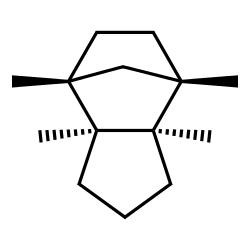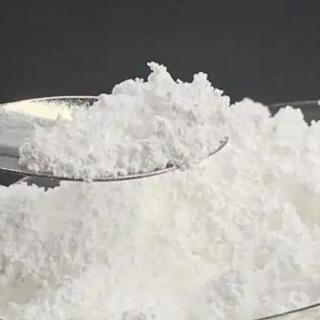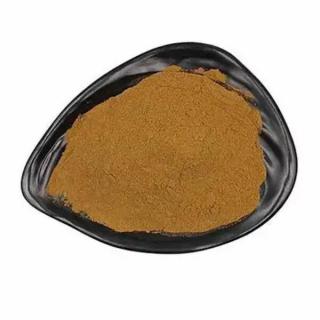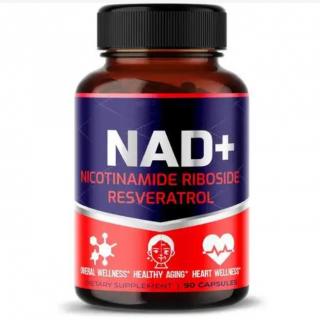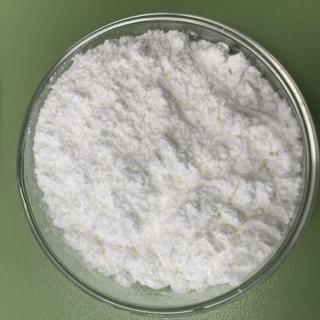99% EXO JP-10 Exo-Tetrahydrodicyclopentadiene 2825-82-3
[Chemical Name]exo-Tetrahydrodicyclopentadiene
[Synonym]exo-Tricyclo[5.2.1.0(2.6)]decane; (3aα,4β,7β,7aα)-octahydro-4,7-methano-1H-indene;JP-10
[CAS No]2825-82-3
[Molecular Formula]C10H16
[Molecular Weight]136.26
1.Introduction
[Chemical Name]exo-Tetrahydrodicyclopentadiene
[Molecular Formula]C10H16
[Molecular Weight]136.26
[Properties]Pale yellow clear liquid, Nearly odorless;
Boiling Point/Range:185 °C;
Melting Point:-79 °C;
Flash Point:55°C;
Autoignition Temperature: 236°C;
Vapor Density: 4.73;
Density:0.94;
Soluble in : Alcohol Ketones Hydrocarbon solvent, Insoluble in: Water.
JP-10 fuel (hanging tetrahydrodicyclopentadiene) is a classic single-component high-density aviation fuel. Compared with ordinary aviation kerosene, JP-10 fuel has obvious performance advantages in density, freezing point, thermal stability and other aspects, so it is also known as "super fuel". JP-10 fuel is usually prepared from cyclopentadiene from fossil resources. Due to limited raw material resources and high price (about 7091 US dollars/ton), it cannot be widely used in civil aviation.
China is a large agricultural country with rich agricultural and forestry waste resources. So how to convert these cheap and easily available agricultural and forestry wastes into high-value super-fuel and realize the transformation of waste into treasure?
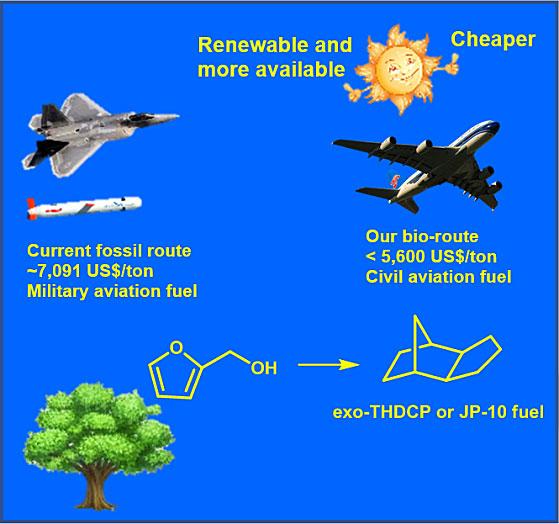
Recently, the research team of Li Ning, researcher of the Catalysis and New Materials Research Center of the Dalian Institute of Chemical Sciences of the Chinese Academy of Sciences, and Zhang Tao, academician of the Chinese Academy of Sciences, has successfully converted the furfuryl alcohol prepared from inedible biomass into a high-value "super fuel" - JP-10 fuel after years of exploration. In this work, the yield of JP-10 fuel prepared from furfuryl alcohol obtained from biomass can reach 65%.
This route needs to undergo water phase rearrangement, hydrogenation, dehydration, isomerization and other reactions to convert furfuryl alcohol into JP-10. In all reactions, simple and readily available heterogeneous catalysts are used, which are easy to prepare and recycle. Through calculation, the cost of JP-10 fuel obtained from furfuryl alcohol can be reduced to 5600 dollars per ton through the biomass route, slightly lower than the current price of JP-10 fuel obtained from fossil energy (about 7091 dollars per ton). In addition, according to literature reports, the price of furfuryl alcohol is expected to decrease from 1500 US dollars/ton to 400 US dollars/ton in the future, and then the cost of JP-10 fuel will be reduced to less than 2900 US dollars per ton, which is expected to realize the practical application of biomass JP-10 fuel in civil aviation.
Relevant work was published in Angewandte Chemie International Edition. The first authors of the article are associate researchers Li Guangyi and Hou Baolin from the Dalian Institute of Chemical Physics, Chinese Academy of Sciences.
Recently, researcher Li Ning and academician Zhang Tao of the Research Center for Catalysis and New Materials of our institute developed two new routes to produce renewable JP-10 high-density fuel through lignocellulose platform compound - furfuryl alcohol. Relevant work was published in the German Journal of Applied Chemistry (Angelw. Chem. Int. Ed.).
The synthesis of renewable aviation fuel from lignocellulose is the research focus of biomass catalytic refining in the world. At present, the existing reports of lignocellulose aviation kerosene at home and abroad mainly focus on the synthesis of ordinary aviation kerosene. JP-10 fuel (hanging tetrahydrodicyclopentadiene) is a classic single-component high-density aviation fuel. Compared with ordinary aviation kerosene, JP-10 fuel has obvious performance advantages in density, freezing point, thermal stability and other aspects, so it is also known as "super fuel". At present, JP-10 fuel is usually prepared from cyclopentadiene from fossil resources, with a high price (about 7091 US dollars/ton), and due to limited raw material resources, it cannot be widely used in civil aviation.
Furfuryl alcohol is an important chemical obtained from hemicellulose in agricultural and forestry wastes, and has been industrialized for decades. In this work, two new routes for the synthesis of JP-10 fuel from furfuryl alcohol have been developed, with a yield of about 65% (calculated by carbon). After preliminary economic analysis, the cost of bio-JP-10 obtained by the biomass route is less than 5600 US dollars/ton. According to foreign literature reports, the price of furfuryl alcohol is expected to fall to about US $400/ton in the future, and the cost of JP-10 will be reduced to less than US $2900/ton at that time, which is expected to realize the practical application of biomass JP-10.
The above research work was supported by the National Natural Science Foundation of China, the National Major R&D Plan, the Cooperation Fund of the Clean Energy Innovation Research Institute of the Chinese Academy of Sciences, the Strategic Pilot Science and Technology Program of the Chinese Academy of Sciences, and the Dalian Outstanding Young Science and Technology Talent Program. This is also one of the articles celebrating the 70th anniversary of our institute. (Text/picture: Li Guangyi, Li Ning)
2.Specification
99% EXO JP-10 Exo-Tetrahydrodicyclopentadiene 2825-82-3
Item | Standard | ||
High Purity | First Class | Qualified | |
Appearance | colorless transparent liquid | colorless transparent liquid | Yellow or colorless transparent liquid |
Content, % | ≥99.5 | ≥99.0 | ≥98.5 |
Color(Saybolt) | ≥+25 | ≥+23 | ≥+20 |
Closedflashpoint,℃ | 54.5±1.5 | 54.5±2.0 | 54.5±3.5 |
Density, (15℃ g/ml) | 0.935-0.943 | 0.935-0.943 | 0.934-0.940 |
Viscosity,(-18℃ mm2/s) | ≤10 | ||
Calorific value,MJ/Kg | ≥42.1 | ||
Colloid,mg/L | ≤50 | ||
Heat stability,10mmHg | ≤10 | ||
Particulate matter,mg/L | ≤1.0 |
3.Usage
99% EXO JP-10 Exo-Tetrahydrodicyclopentadiene 2825-82-3 usually used as hi-power fuel, in field of medicines, pesticides, photosensitive and IT materials etc.
SGS
4.[Packing]
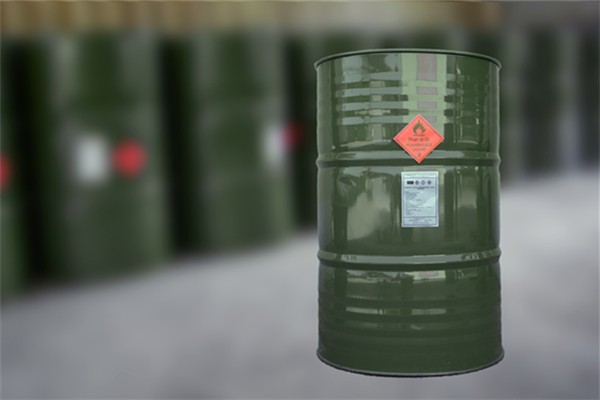
5.Storage&Transportation
Fire is strictly prohibited.
Seal the container air-tight and store it in a cool dark place.
Keep it away from fire sources, such as fire or heat source.
Store away from oxidizing agents.
It should be handled in a controlled exhaust environment.
Avoid formation of aerosol.Handling is performed in a well ventilated place.
Be careful not to cause leakage, overflow, or dispersion.
Steam should not be generated unnecessarily.
Use of high temperature materials, sparks,and fire is forbidden in proximity.
Take measures to prevent the build up of electrostatic charge.Use explosion-proof equipment.
6.NMR

